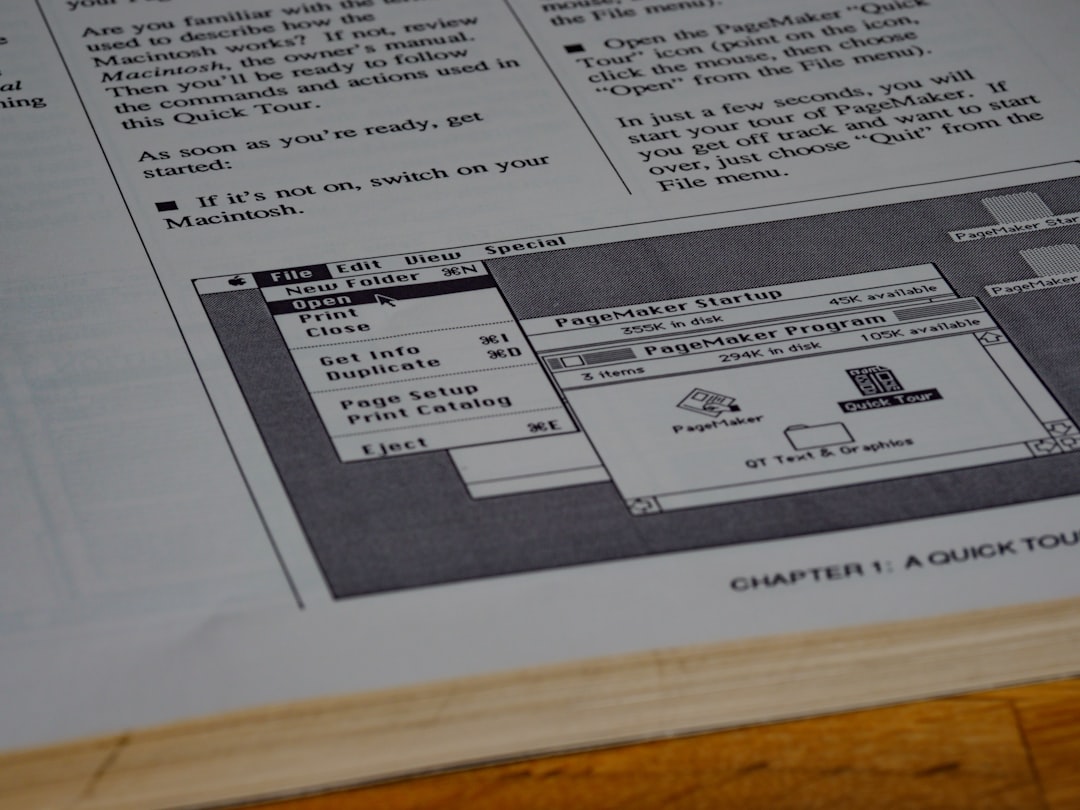Creating Technical Documentation with AI Writing Tools for STEM Students
In the demanding world of Science, Technology, Engineering, and Mathematics (STEM), mastering complex concepts is only half the battle. Effectively communicating those concepts through clear and concise technical documentation is equally crucial. For STEM students, this often means spending countless hours wrestling with formatting, grammar, and ensuring accuracy, diverting valuable time and energy away from actual learning and research. Fortunately, the rise of AI technical documentation tools is revolutionizing how students create and manage their documentation, offering a powerful boost to their academic endeavors.
The Problem: Documentation Challenges for STEM Students
STEM students face unique hurdles when it comes to producing high-quality technical documentation. These challenges can significantly impact their learning, research, and overall academic performance.
- Complexity of Subject Matter: STEM fields often involve intricate theories, complex algorithms, and specialized terminology. Explaining these concepts in a way that is both accurate and understandable can be incredibly challenging, particularly for students who are still developing their own understanding.
- Time Constraints: Students are typically juggling multiple courses, research projects, and extracurricular activities. The time required to meticulously craft detailed technical documents can detract from other crucial academic pursuits. The need to balance studying with proper documentation becomes a stressful task.
- Formatting and Style Guidelines: Technical documentation adheres to specific formatting and style guidelines, which can vary depending on the discipline, publication, or project requirements. Mastering these conventions and ensuring consistency throughout a document can be a tedious and time-consuming process. Often, STEM students are not formally trained in technical writing styles.
- Collaboration Difficulties: Many STEM projects are collaborative, requiring students to work together on shared documentation. Coordinating contributions, maintaining consistency, and ensuring everyone is on the same page can present significant logistical and communication challenges. Sharing documents and merging different writing styles can lead to version control issues and overall disorganization.
The Solution: AI-Powered Assistance for Technical Documentation
AI writing tools are emerging as a powerful solution to the documentation challenges faced by STEM students. These tools leverage natural language processing (NLP) and machine learning (ML) to automate various aspects of the documentation process, freeing up students to focus on the core substance of their work.
- Automated Content Generation: AI-powered tools can generate initial drafts of technical documents based on provided data, outlines, or specifications. This can significantly reduce the time and effort required to get started, providing a solid foundation for students to build upon. Using AI technical documentation tools can help students quickly create the basic structure of their documents.
- Grammar and Style Checking: AI tools excel at identifying and correcting grammatical errors, spelling mistakes, and stylistic inconsistencies. This ensures that the final documentation is polished, professional, and adheres to the required standards. These tools can also suggest alternative phrasing and sentence structures to improve clarity and readability.
- Terminology Management: AI-powered systems can help students maintain consistency in their use of technical terminology. They can identify instances where terms are used incorrectly or inconsistently and suggest appropriate alternatives. This is particularly useful in fields with specialized vocabulary.
- Improved Collaboration: Many AI writing tools offer collaborative features that facilitate teamwork on technical documentation. These features include shared editing, version control, and real-time feedback, making it easier for students to coordinate their efforts and ensure consistency across the document.
- Enhanced Readability: AI tools can analyze the readability of technical documents and suggest improvements to make them more accessible to a wider audience. This includes simplifying complex sentences, breaking down paragraphs, and using visual aids to illustrate key concepts.
Practical Examples: How GPAI Can Help
Let's explore specific ways AI writing tools, like a hypothetical "GPAI" (Grade Point AI), can assist STEM students with their technical documentation.
- Report Generation: GPAI can automatically generate reports from experimental data. Imagine a physics student conducting an experiment on projectile motion. GPAI can take the collected data, analyze it, and create a well-formatted report, including graphs, charts, and statistical analysis, all while adhering to a specific style guide like APA or IEEE.
- Code Documentation: For computer science students, GPAI can automatically generate documentation for code. By analyzing the code's structure and comments, GPAI can create API documentation, user manuals, and tutorials, making it easier for others to understand and use the code. This is invaluable for collaborative coding projects.
- Thesis and Dissertation Writing: GPAI can assist with the writing and editing of theses and dissertations. It can help with literature reviews, proofreading, and formatting, ensuring that the final document meets the rigorous standards of academic publishing. The tool can also check for plagiarism and suggest paraphrasing to avoid unintentional copyright infringement.
- Presentation Creation: Beyond written documents, GPAI can help create compelling presentations to accompany technical reports. It can summarize key findings, generate visual aids, and suggest effective communication strategies to engage the audience.
Conclusion: Embracing AI for Documentation Success
AI technical documentation tools are not meant to replace human expertise, but rather to augment it. By automating tedious tasks and providing intelligent assistance, these tools empower STEM students to create high-quality documentation more efficiently and effectively. By embracing these technologies, students can focus on mastering the core concepts of their fields and communicating their knowledge with clarity and precision, ultimately leading to greater academic success and future career opportunities. As AI continues to evolve, its role in STEM education and research will only become more pronounced, making it essential for students to develop proficiency in using these powerful tools.
